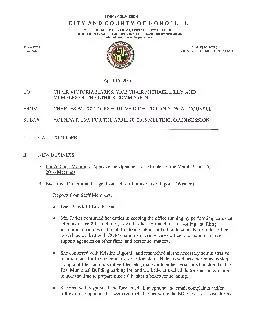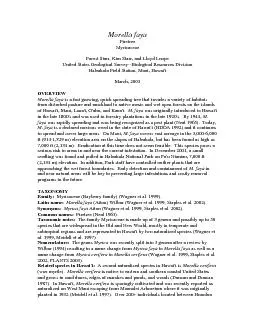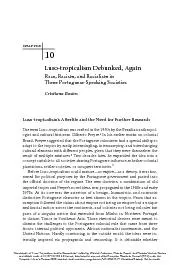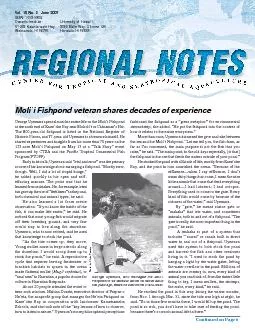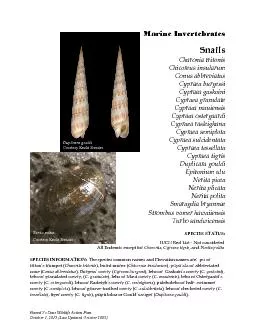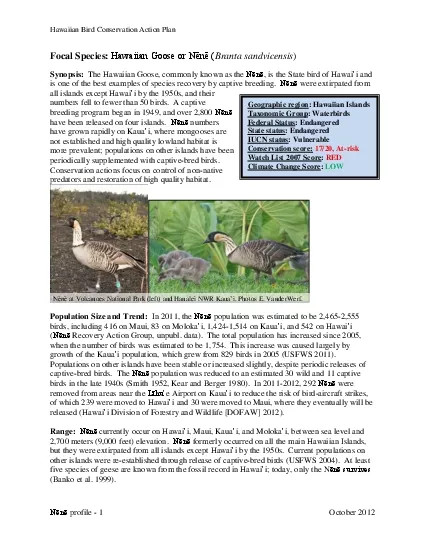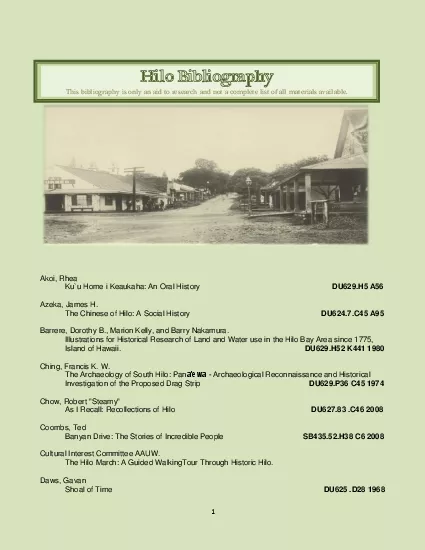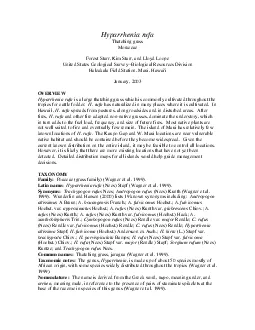PPT-First General Meeting University of Hawai’i, Manoa
Author : majerepr | Published Date : 2020-07-04
Society of Women Engineers President Arilyn Au VP of External Affairs Aricia Argyris VP of Membership Brianne Yamada Treasurer Tina Li Secretaries Nicole Hortizuela
Presentation Embed Code
Download Presentation
Download Presentation The PPT/PDF document "First General Meeting University of Hawa..." is the property of its rightful owner. Permission is granted to download and print the materials on this website for personal, non-commercial use only, and to display it on your personal computer provided you do not modify the materials and that you retain all copyright notices contained in the materials. By downloading content from our website, you accept the terms of this agreement.
First General Meeting University of Hawai’i, Manoa: Transcript
Download Rules Of Document
"First General Meeting University of Hawai’i, Manoa"The content belongs to its owner. You may download and print it for personal use, without modification, and keep all copyright notices. By downloading, you agree to these terms.
Related Documents




